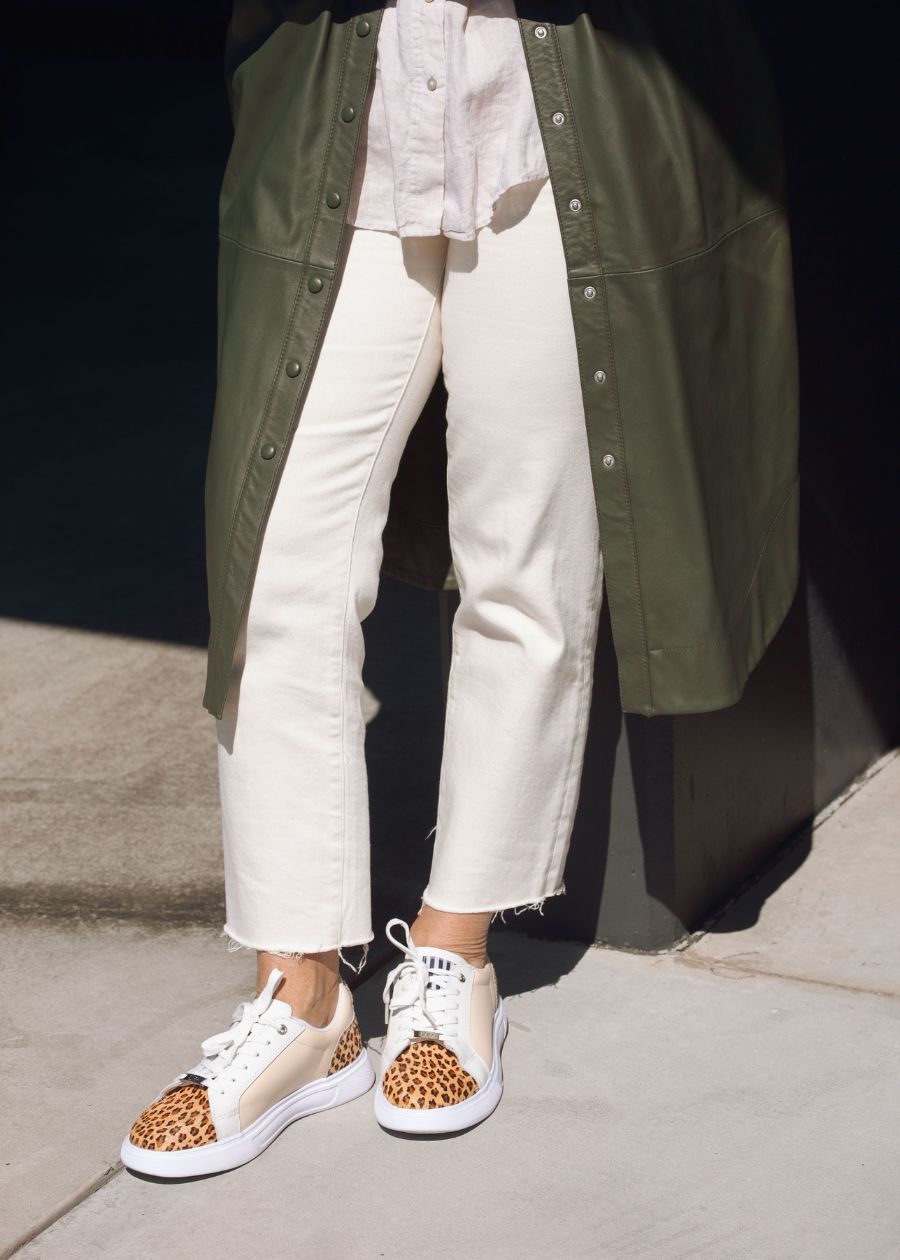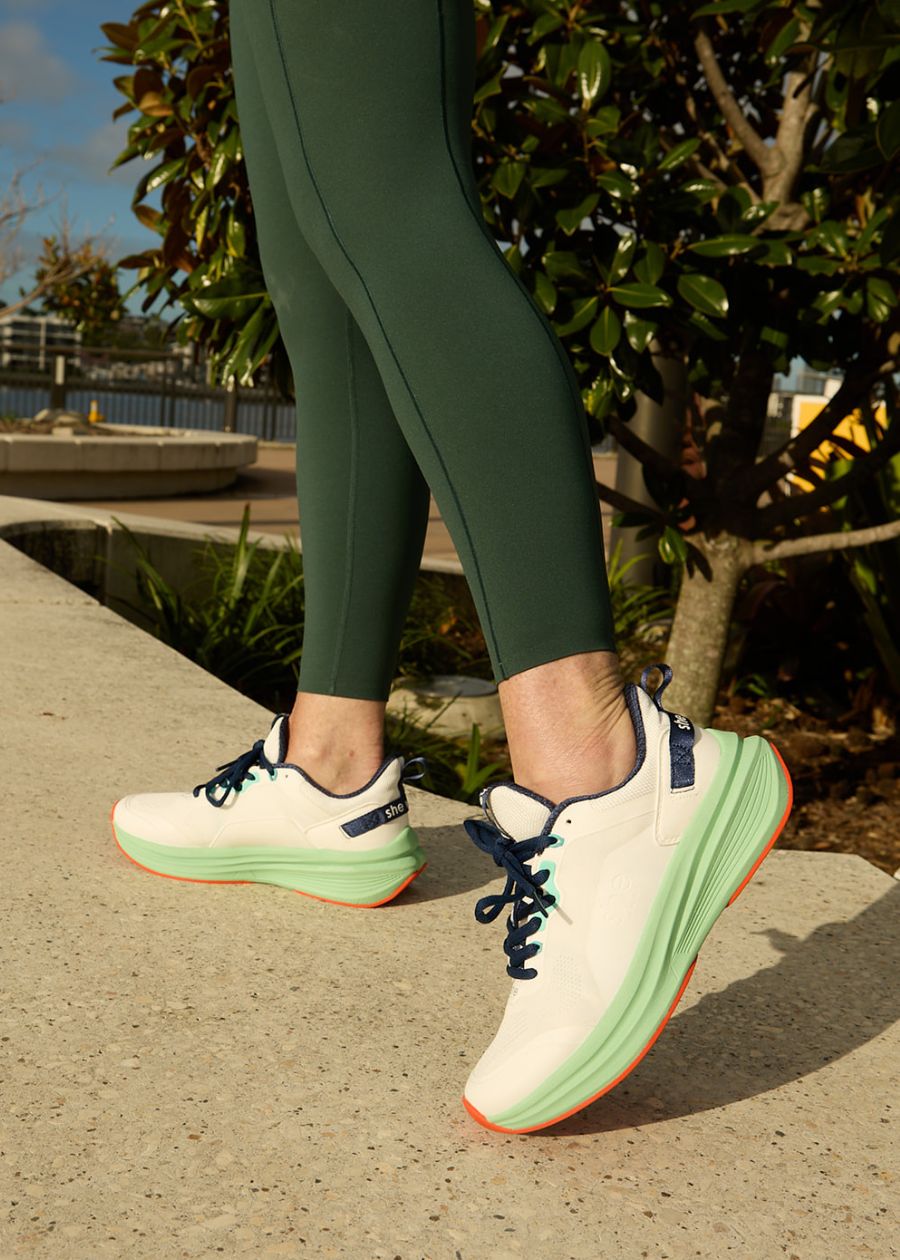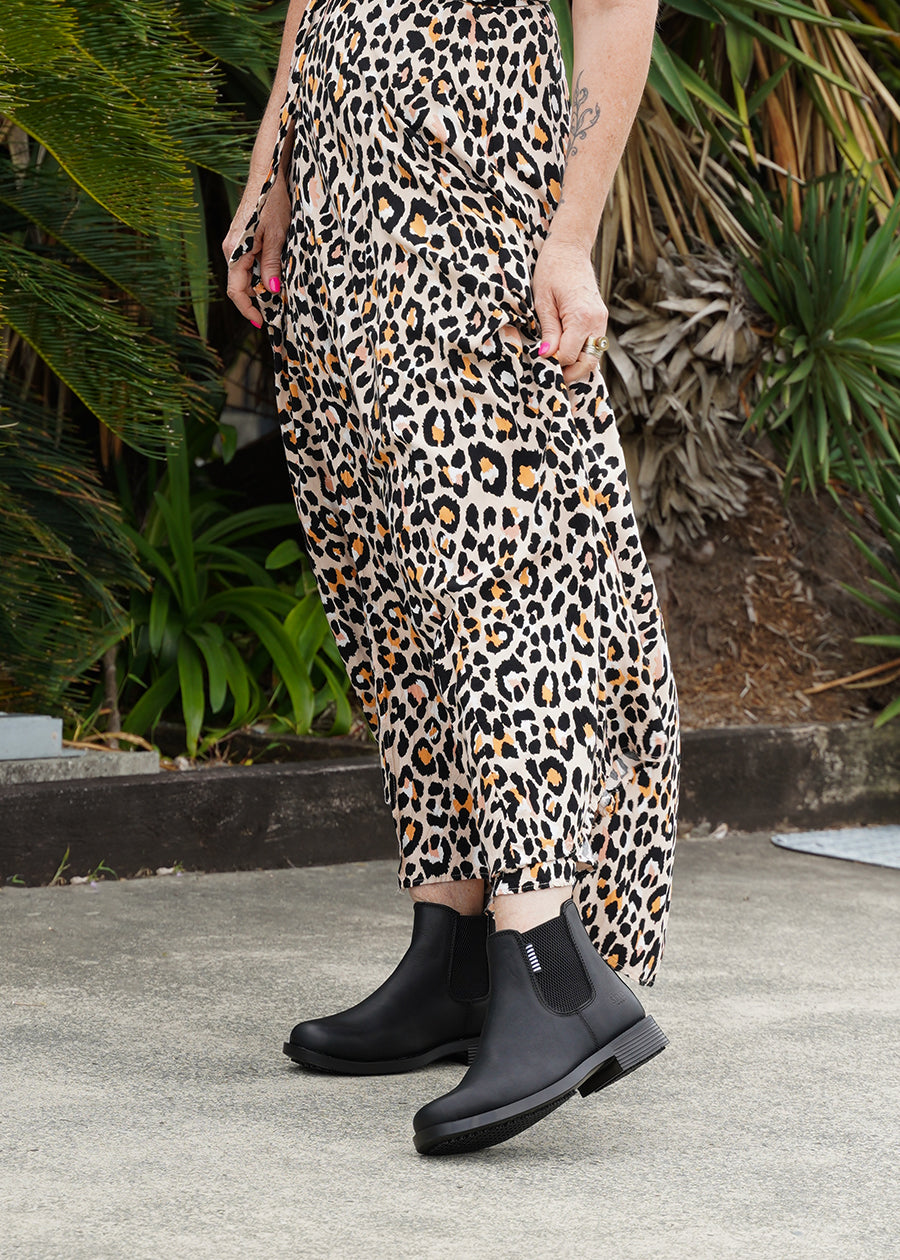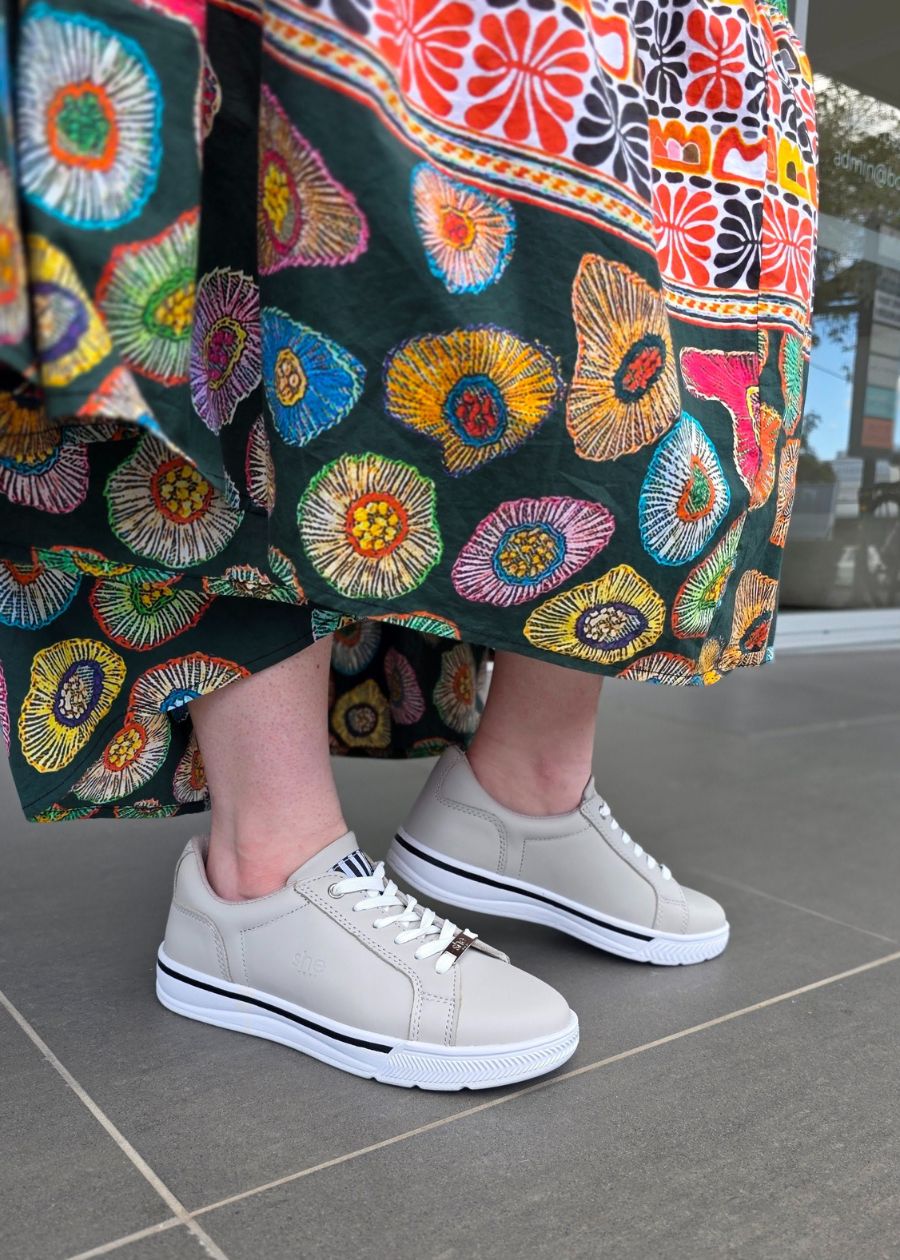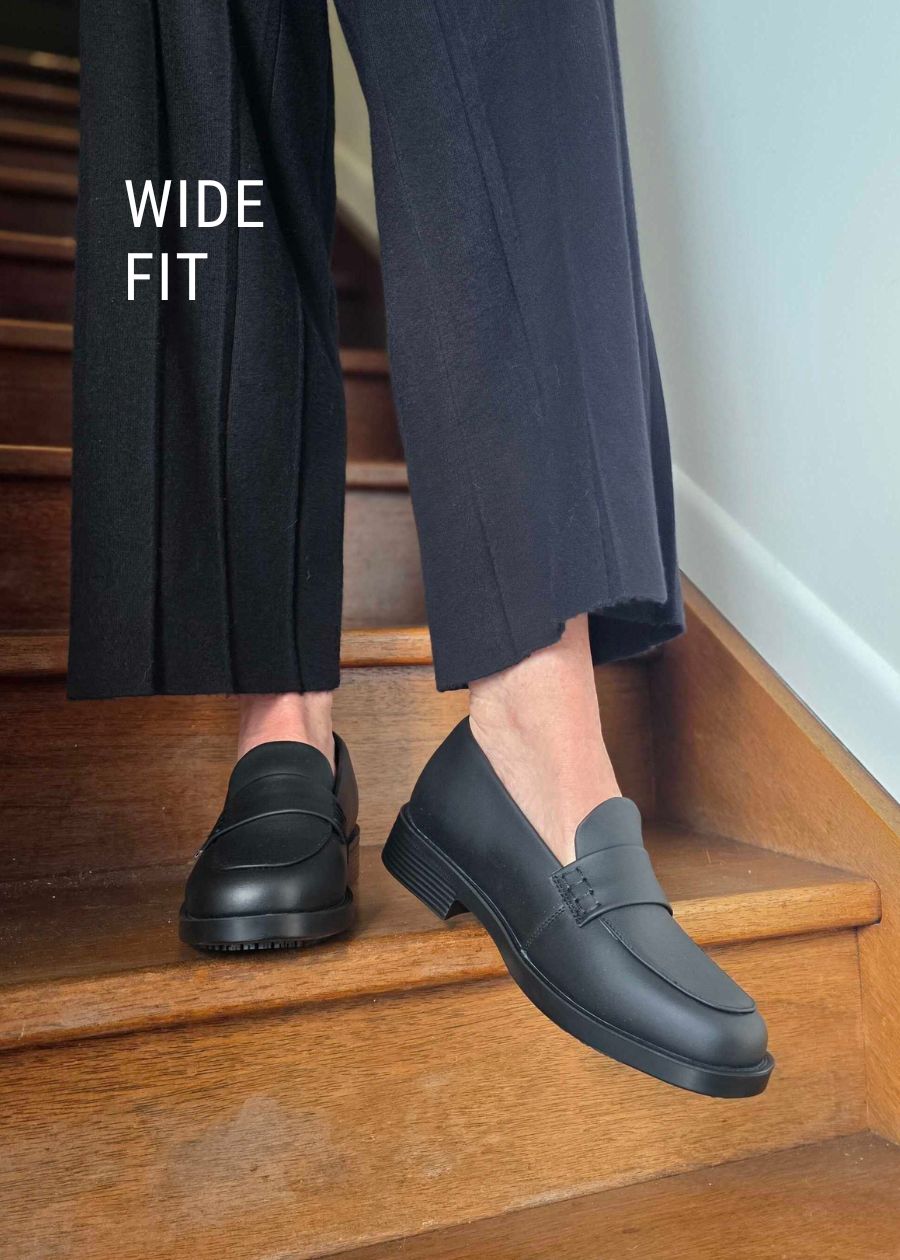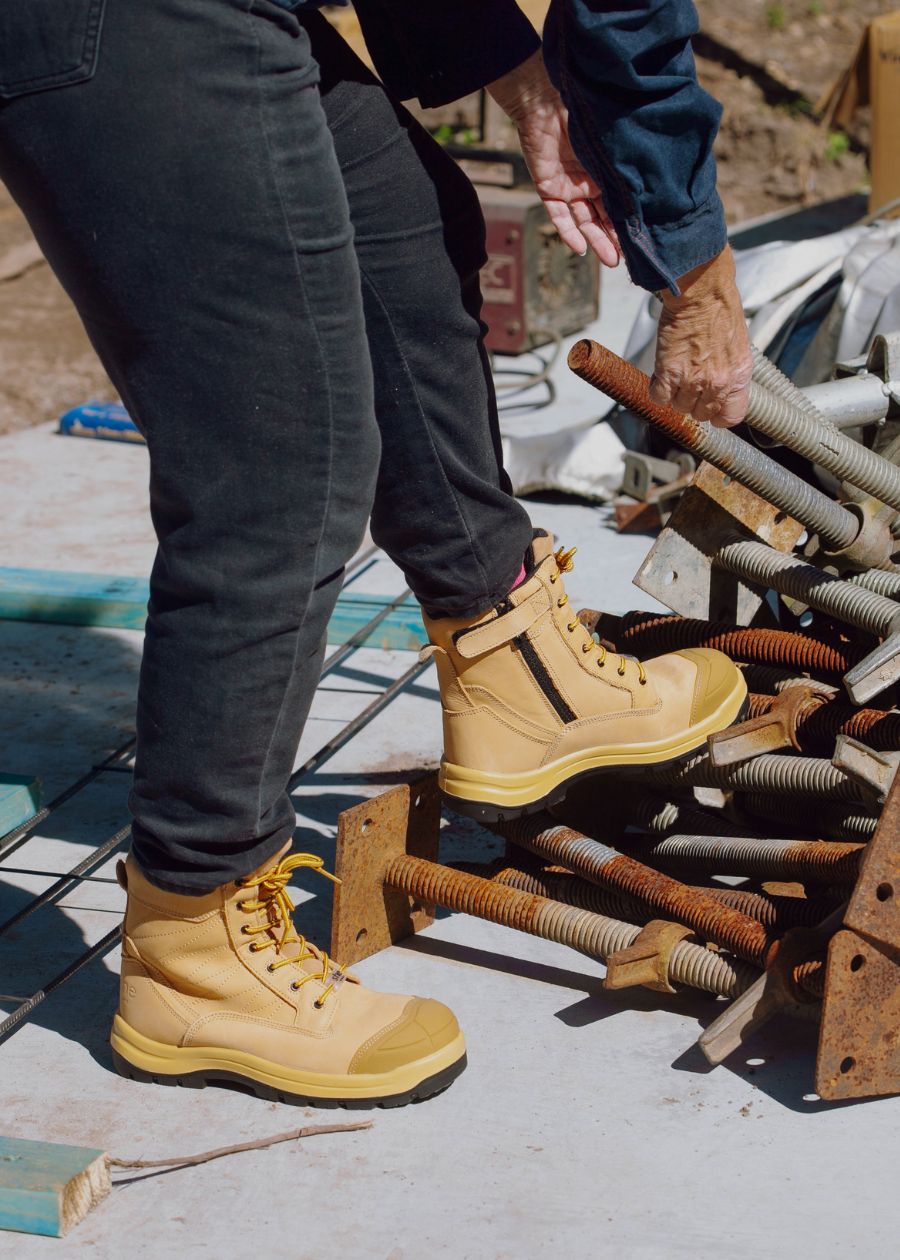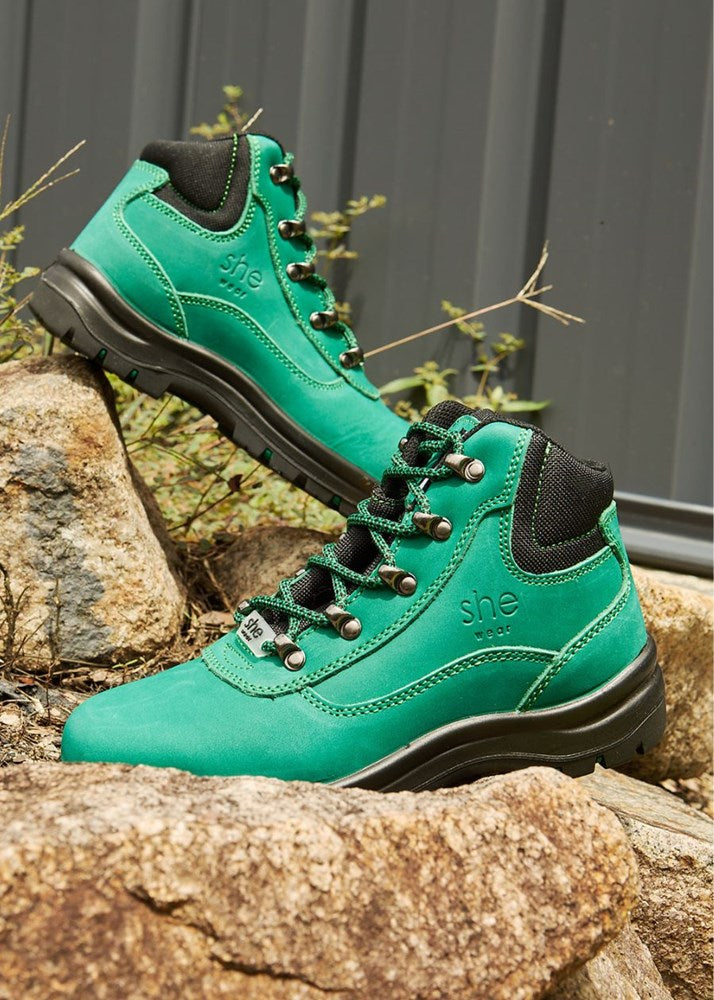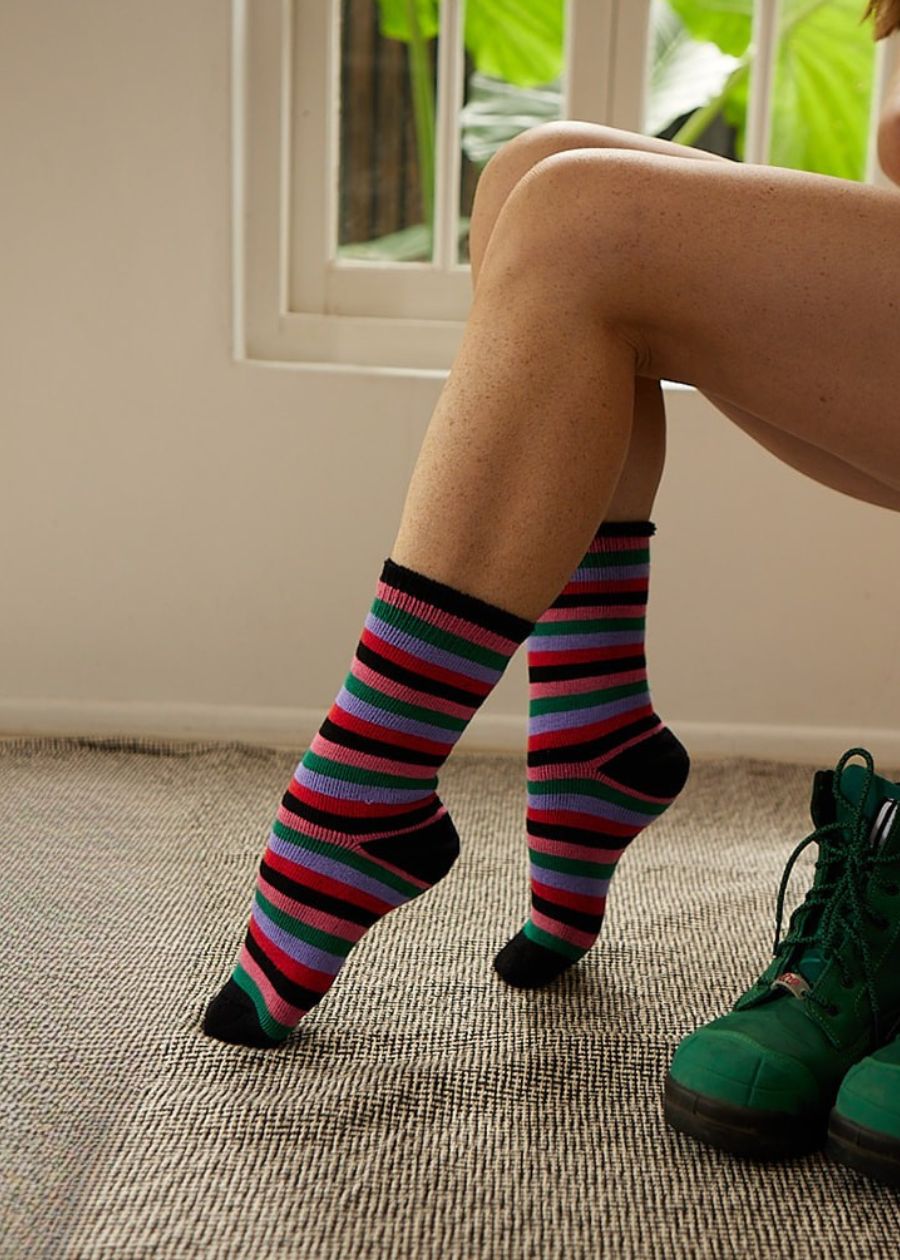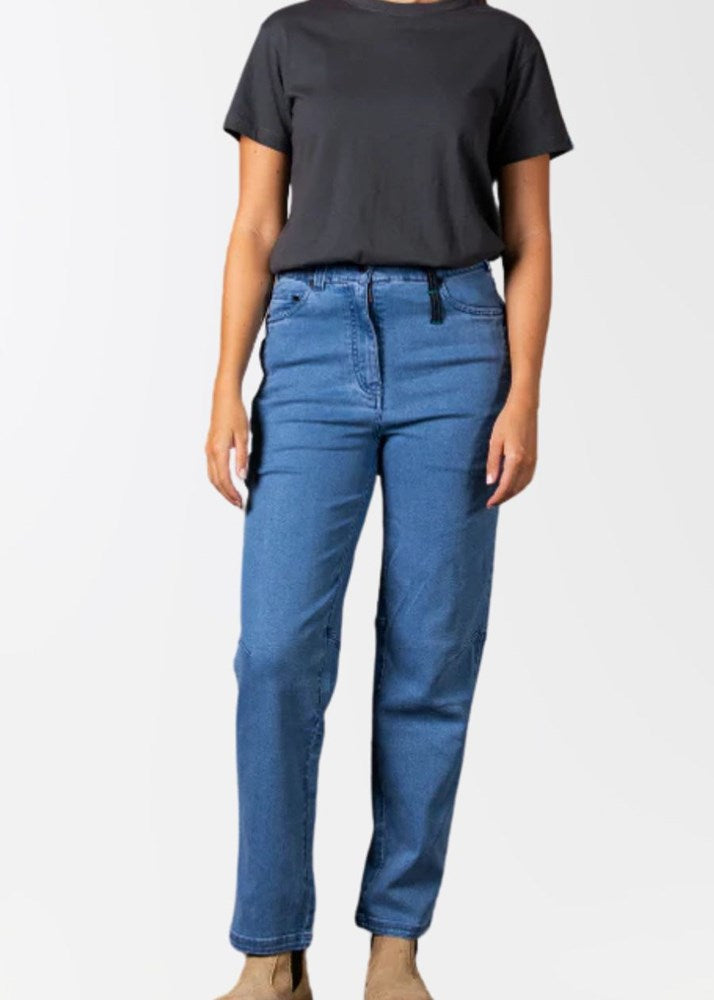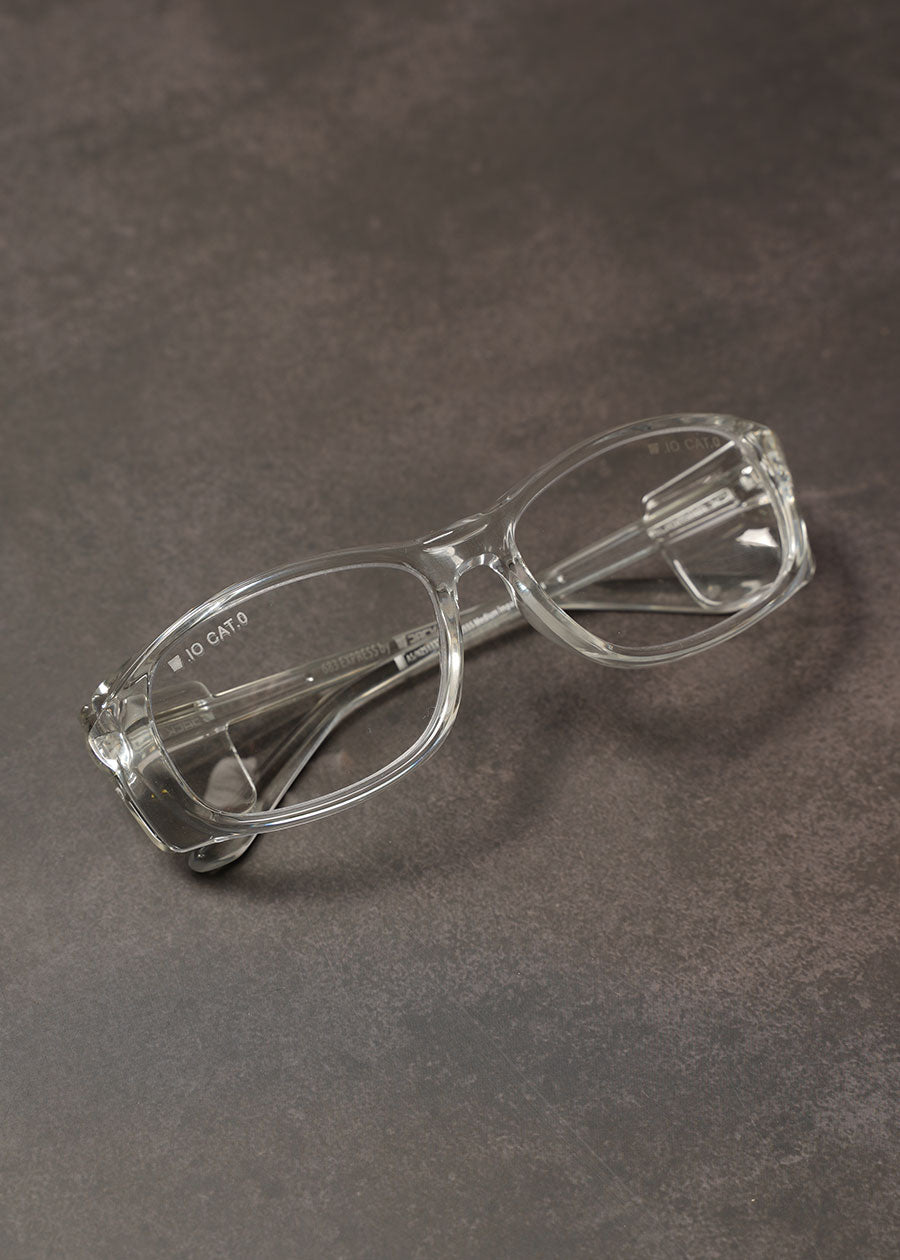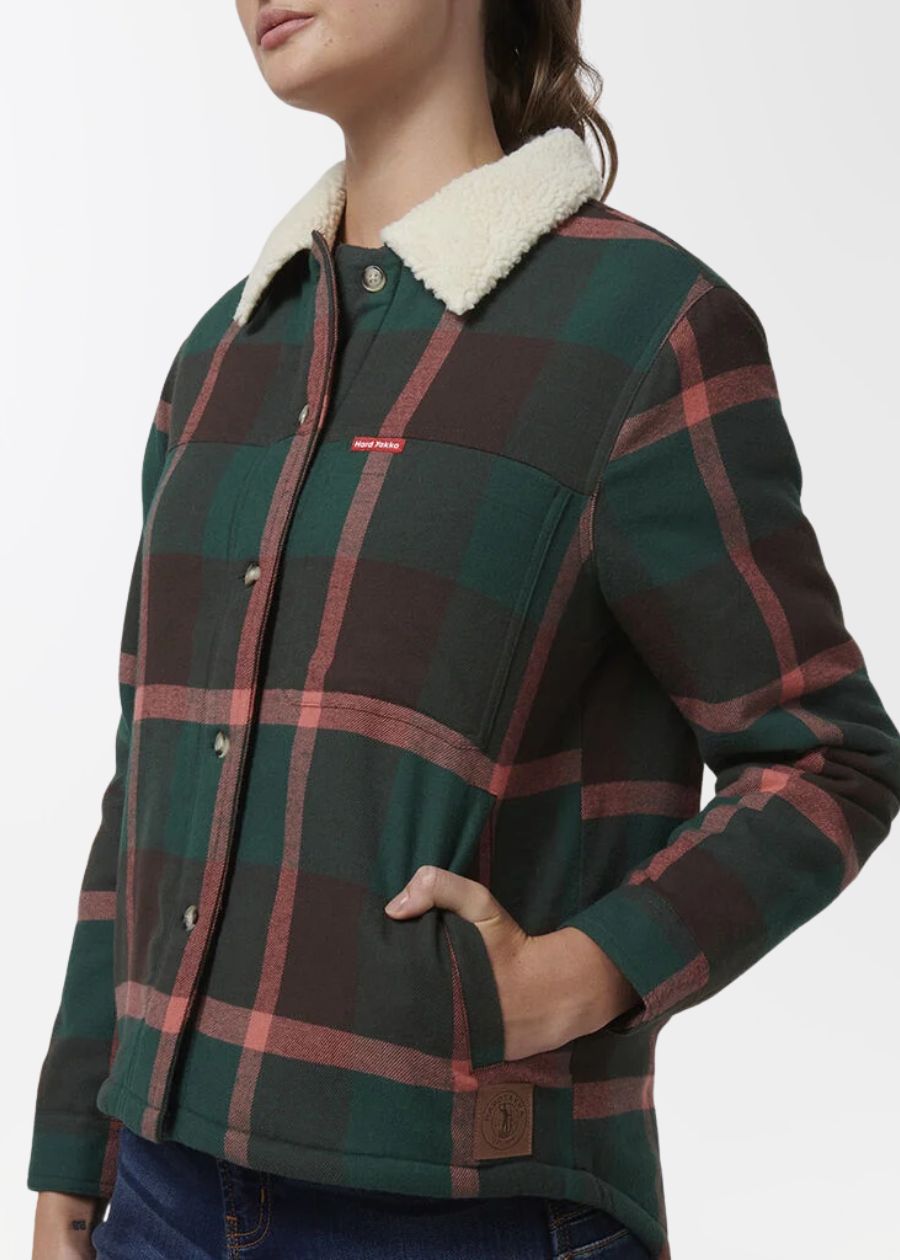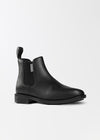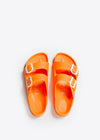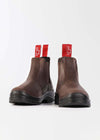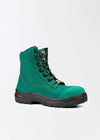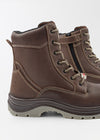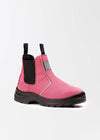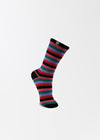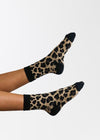Female feet vs male feet
What's the difference?
Well first of all … our feet are NOT just a smaller size! 🚫
Historically, women’s work shoes were simply shrunken-down versions of men’s designs, based on the outdated idea that women’s feet are just smaller male feet. But modern science has well and truly debunked that myth.
Women’s feet are structurally different, and wearing shoes that don’t match your anatomy can lead to discomfort, poor posture, long term injuries and chronic pain. From plantar fasciitis to knee and back problems, it all starts from the ground up.
SIZE ISN'T EVERYTHING (HA)
Key anatomical differences

The she wear Difference
GROUNDED IN RESEARCH
Science knows best
DON'T BE FOOLED BY THE LABEL
How to identify a male fit
If you’re wearing a unisex size, it’s a dead giveaway: your shoe was built for a man’s foot.
And sometimes, it’s even sneakier. Plenty of brands slap a “designed for women” label on shoes that are really just downsized men’s fits with a few cosmetic tweaks (the good ol' pink it and shrink it at play). It’s all a fake-news trap .. unisex sizing is just men’s shoes in disguise.
A true female fit? Here’s what to look for:
Shape & contour: A women’s fit is typically slimmer overall, with a wider forefoot and a narrower heel to match real foot shape. Men’s fits are broader and straighter from heel to toe.
Vamp & instep: The vamp (top of the shoe or boot) should hug the foot securely, and the insole should be contoured to support higher arches and a shallower instep - common in female anatomy.
Ankle & collar: A proper women’s ankle boot features a curved back, narrower collar, and shorter ankle height to fit snugly around slimmer, shorter ankles without rubbing or slipping.

Featured Collections

